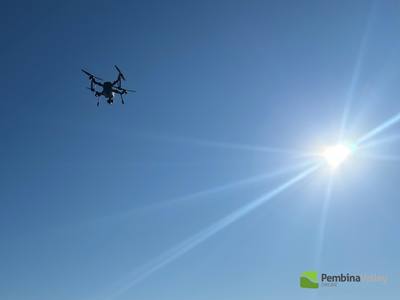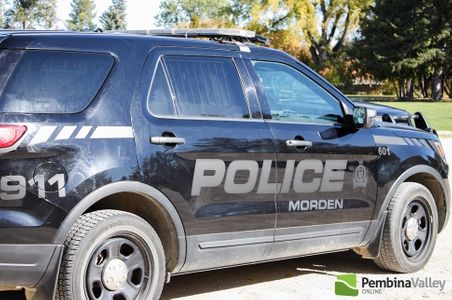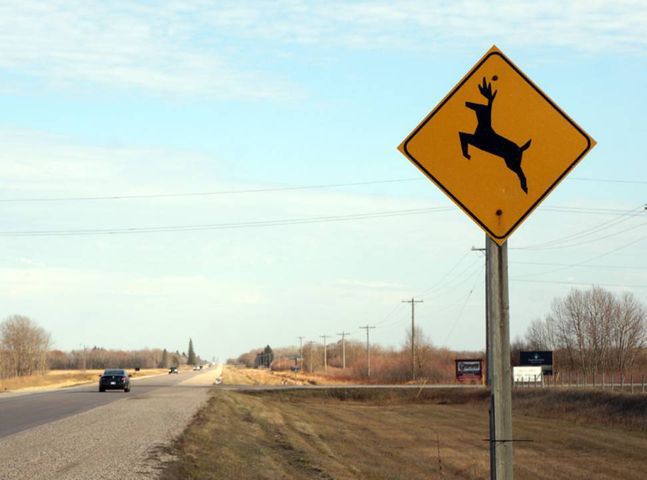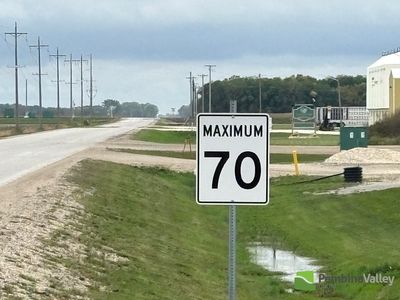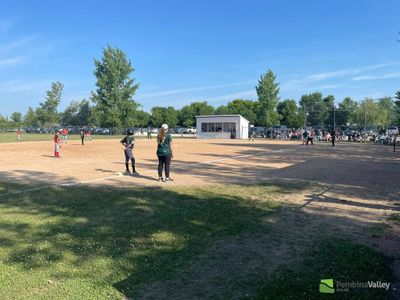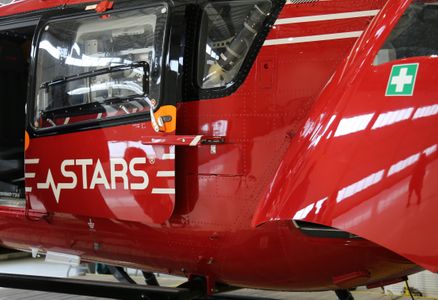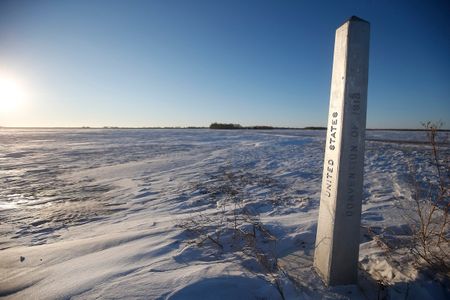Local News
Animals crossing: watching out for critters on the road
As the days grow shorter and darkness sets in earlier, drivers across Manitoba are being reminded to stay alert for wildlife on the roads. In 2024, Manitoba Public Insurance (MPI), reported more than 14, 000 collisions with wildlife, with 424 resulting in injuries. Eyes on the road Tara Seel, media and public relations lead at MPI, says animals are typically the most active at dusk and dawn. “October and November are the riskiest months for wildlife vehicle collisions,” she says. “In Manitoba, wild animals can appear anywhere, even in the city, but they’re especially active along treed roads,” Seel explains. She notes, though you may think of raccoons or smaller animals when you hear the word “wildlife”, MPI is seeing more severe vehicle damage with deer, and even bears. Keeping everyone safe Seel notes there are a variety of ways to keep you and wildlife safe on the road. Watch for signs: Slow down when you see wildlife crossing signs. “The province of Manitoba is very good at putting signs where there’s known activity among wildlife.” Reduce speed in lower visibility: Driving slower at night increases your reaction time and gives you a better chance to stop if an animal appears in your headlights. “Remember the slower you go, the faster you can react. That’s what it boils down to.” Scan the roadsides: Drive like you’re expecting wildlife movement on roadsides —especially near forested areas, brush or tall grass. Spotting animals early is the best way to avoid collisions. “I would get your passengers to help you. Watch for glowing eyes or silhouettes that’ll hit your headlights.” Avoid swerving: Swerving can be a natural reaction when faced with wildlife, but it’s vital to stay in control. “It’s a knee-jerk reaction for sure, but you should avoid because you could lose control and either hit the ditch or another vehicle causing more severe injury.” Expect more than one: Seel says, where there is one animal, there is usually more. “Make sure to scan both sides of the road.” What to do if you hit wildlife If a collision with wildlife does happen, there are a few things to remember. If you hit wildlife while driving, do not approach the animal, as they may be injured, frightened or dangerous. Move your vehicle off the road if it’s safe to do so and turn on your hazard lights to alert other drivers. Call local law enforcement to report the collision, especially if there are injuries or the animal is blocking traffic. If the wildlife is injured, contact Manitoba Natural Resources so they can respond and provide proper care. By staying alert and driving mindfully, we can all do our part to prevent collisions and keep Manitoba’s roads safer for people and wildlife.
